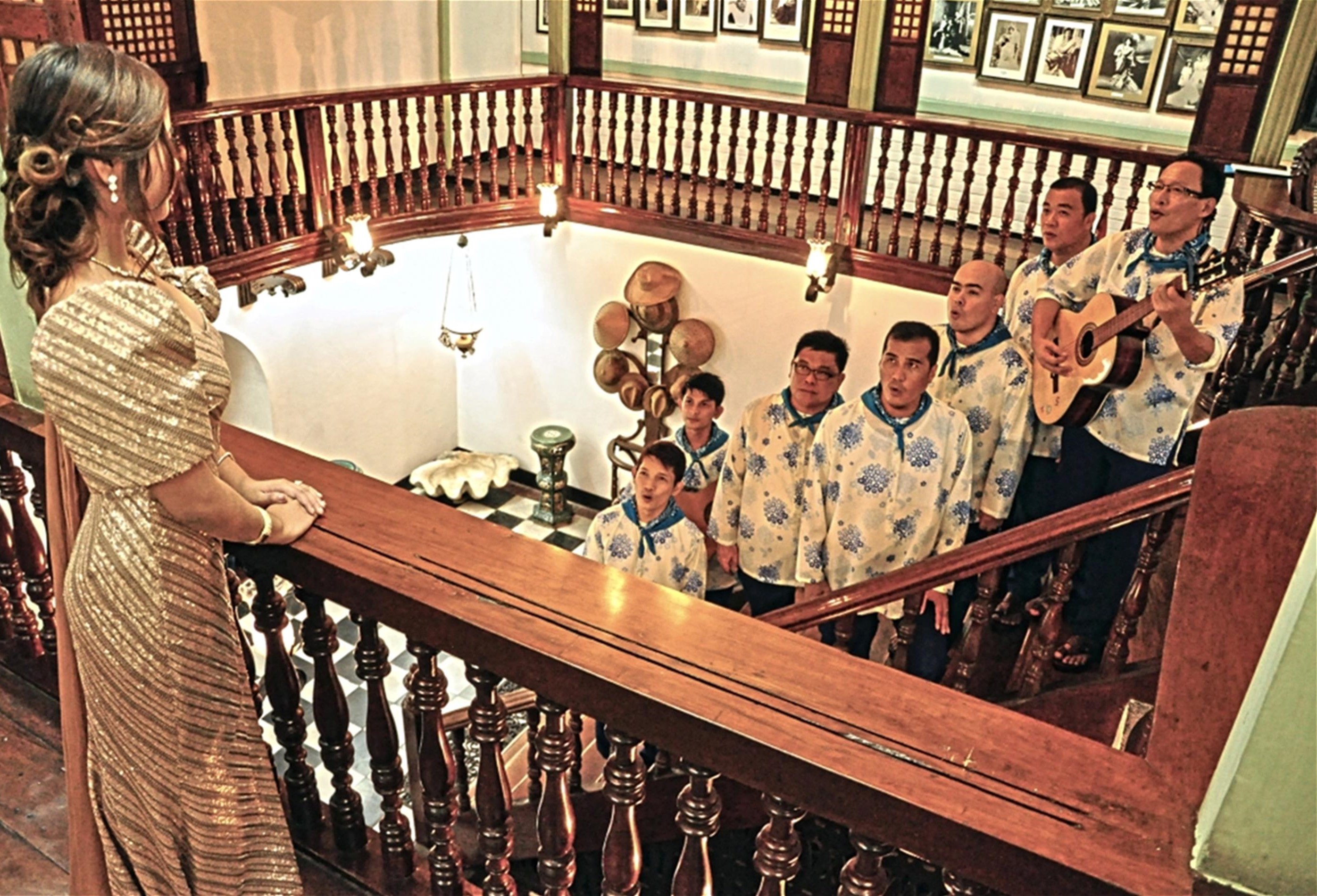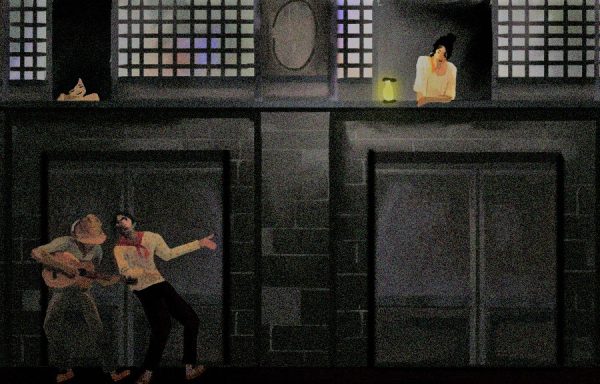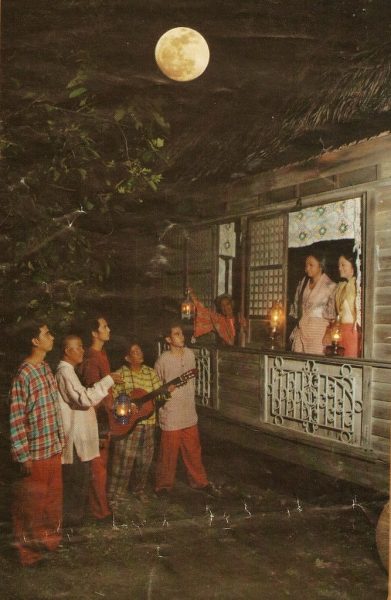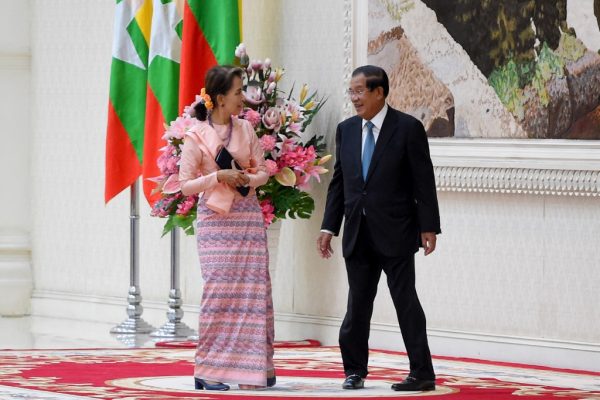“Harana” or Moonlight Serenade: A Dying Tradition in the Philippines

Southeast Asia is a treasure trove of many cultures. The region’s rich diversity is clearly seen in many of its fascinating cultures and traditions, many of which are now sadly disappearing.
Today, amid progress and modernity, preserving the legacies of our past is akin to learning how these have contributed to our evolution as a region – a group of independent nations still interconnected by commonalities in traditions and beliefs.
Maria Vera, a Sociology professor at one of Asia’s leading universities, is worried that these legacies are fading away.
“As we navigate the technological and digital information era that takes us further away from the center of our society, we tend to neglect our heritage and traditions.
Preserving cultural heritage through knowledge, ideas, language, history, and literature is now more important than ever.
As citizens of this modern generation, we need to protect our culture and heritage by keeping these cultures and traditions relevant long after they have been created,” she told Thai PBS World.
In Singapore, efforts to document parts of the country’s cultural heritage have resulted in the creation of the Intangible Cultural Heritage Inventory, an initiative of the National Heritage Board.
“Its main function is to document and identify key parts of Singapore’s culture, including heritage businesses and performing arts, that face the possibility of disappearing from the country’s cultural landscape,” said Juliana, a student at the National University of Singapore.

Love under the moonlight
One of such colorful regional traditions slowly disappearing from the fabric of society is the “harana” or “midnight serenade”.
Because of its cinematic element, this Filipino courtship ritual influenced by Spain, is often reprised in films and theatre productions.
Pepe Almonte, a playwright and stage director, described a typical “harana” scene.
“In a romantic locale, with only the moon illuminating the night, a man gets himself and his guitar ready under the bedroom window of the woman he desires.”
“Not far from him is his group of friends, each with a musical instrument, for support and accompaniment.
“Beginning with a gentle strumming of the guitar as a prelude to the oncoming love song, the man addresses the woman directly. Through his impassioned tunes, he may ask her if she is asleep, or appeal for her to look out of the window. Should the window remain shut, it means a rejection, and the sad suitor leaves.”
“But if the window opens and the lady of his affections shows herself and listens to the ballad, that means success. The lady may even respond by singing a few lines of the song, and then they both sing alternately or together in some parts. It’s a beautiful scene!” he enthused.
The “harana” first gained popularity in the early part of the Spanish Philippines period.
Using mainly music influenced by Spain and Mexico, its name is derived from the Spanish string instrument jarana, which resembles a small guitar.
“Sadly today, it is slowly disappearing or almost no longer practiced in Philippine society, except for a few re-enactments in films or stage productions,” Pepe said.
Thai similarities
The romantic Filipino courtship tradition depicted in the “harana” reveals some similarities with Thai customs and beliefs, especially how we put women in high regard.
During courtship, for instance, most Thai people still follow the traditional gender roles. Thai women should not make the first move and men are expected to initiate the courting process.
According to Kiak, a retired journalist in Bangkok, “In the past, a young man who wanted to marry a young woman, should move in with her family and work for her family for a period of around two years.
If all went well, he was given permission to marry the young woman. During the two-year period, the young man usually lived in a separate dwelling and attended a local monastery and served there as a monk for at least a few months.
“When his monk service was finished, the man was regarded as morally prepared for marriage.”
“Most Thais continue to respect traditional dating customs. Modernization and western beliefs may have made huge changes, but most of the courtship traditions still remain.”
A huge contributor to this is religion. “Most Thais are Theravada Buddhists, with views on dating still aligned with this belief, treating women with overall respect,” Kiak said.

Preserving the legacy
Today in the Philippines, the “harana” may have been replaced by modern “videoke” machines. However, some sectors, both public and private, are looking at how to preserve the legacy of the tradition.
“I just hope that it is not too late. But there have already been some efforts, such as a TV musical that featured only ‘harana’ songs,” said Pepe, who hopes that similar efforts may help preserve, if not glorify, the classic Philippine tradition of the moonlight serenade, known locally among Filipinos as “harana”.
*This is the first story in the series entitled ‘Dying Tradition of Southeast Asia’ by Thai PBS World’s Culture Desk.






